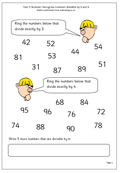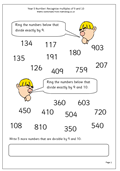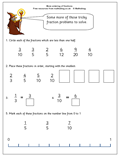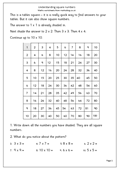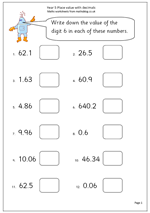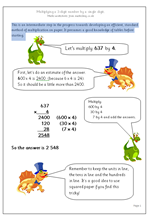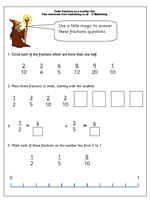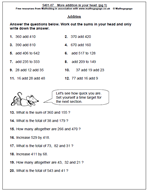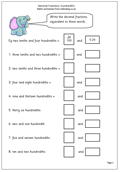 Reading decimal fractions can get quite tricky when moving into hundredths and this maths worksheet is a good test of understanding, probably most suited for year 5 children (/10 yrs old).
Reading decimal fractions can get quite tricky when moving into hundredths and this maths worksheet is a good test of understanding, probably most suited for year 5 children (/10 yrs old).
0.24 can be read as 24 hundredths or 2 tenths and 4 hundredths. As a fraction it would be written as 24/100.
With a number such as five and three hundredths it is important to keep the zero in the tenths so that it is written as 5.03.
Watch out for a common mistake on a question such as twelve hundredths when children write 0.012; the one digit has been placed in the hundredths column when it should be in the tenths with the 2 digit in the hundredths.

